Affiliate links on Android Authority may earn us a commission. Learn more.
The worst decisions in Android OEM history

Android has a heck of a lot of features that other operating systems don’t, but we can’t just pretend that the manufacturers that use it don’t make mistakes on occasion. For every new awesome feature put in our devices, there’s a badly implemented gimmick or decision that most of us find absolutely incomprehensible. Stay tuned as we explore the more questionable decisions Google and various Android OEMs have implemented over the years.
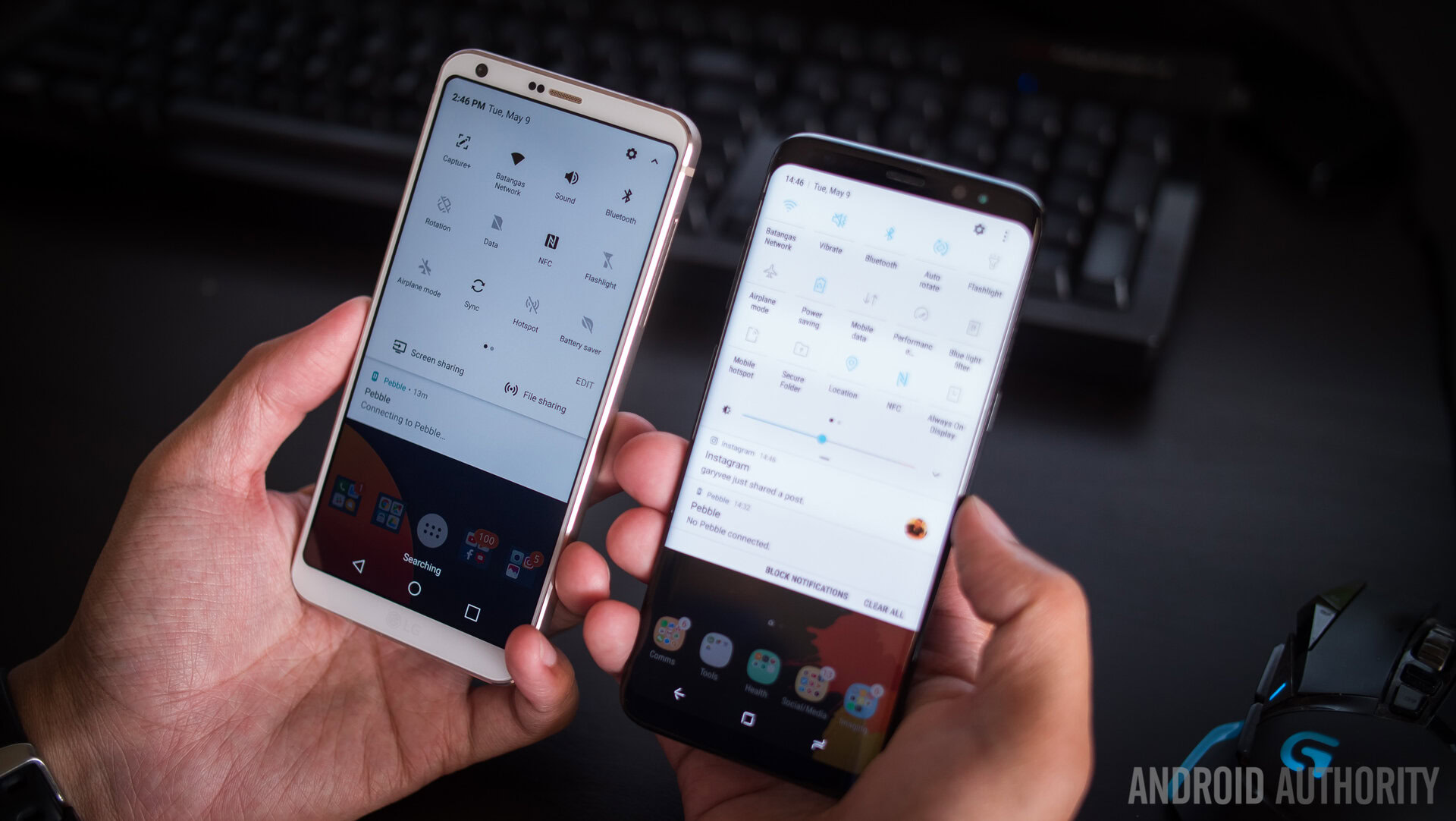
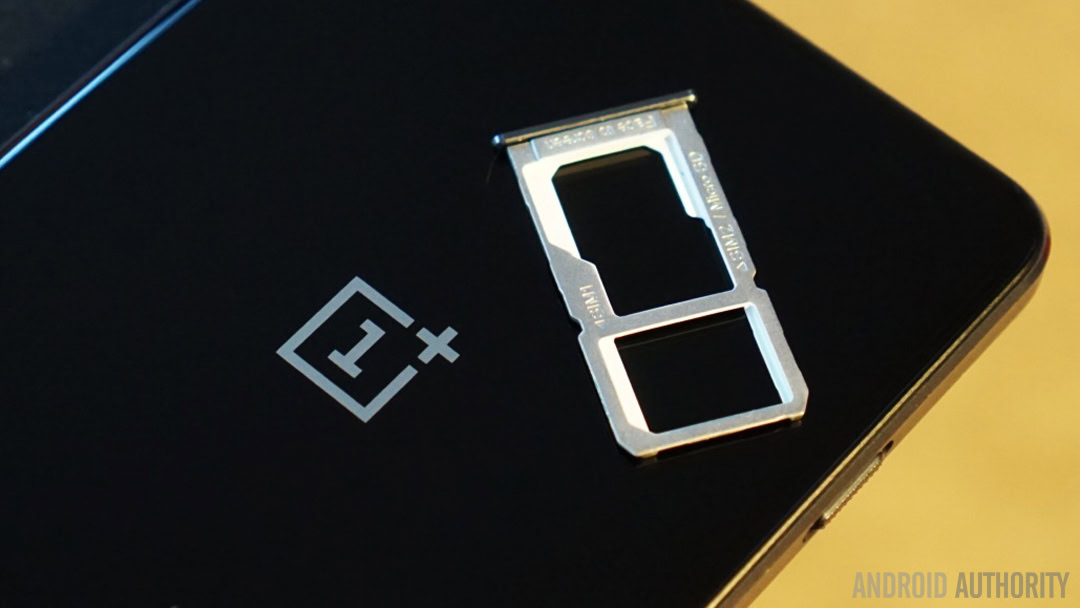
Removing the microSD card slot
This decision can be in part excused by the fact that manufacturers have been attempting to make devices as unibody and waterproof as possible as of late, but now that we have the technology to put a microSD card in the same tray as the SIM card, there’s no reason why manufacturers should be keeping this feature from users. LG has been adamant about keeping this feature available to its devices and Samsung has only recently brought it back, but the backlash over removing it the last few years was brutal. Many people rely on expandable storage to keep their media libraries stored locally on their devices, and with many devices only now moving to 64 GB or more for the base model, it’s been an absolute must-have feature for many.
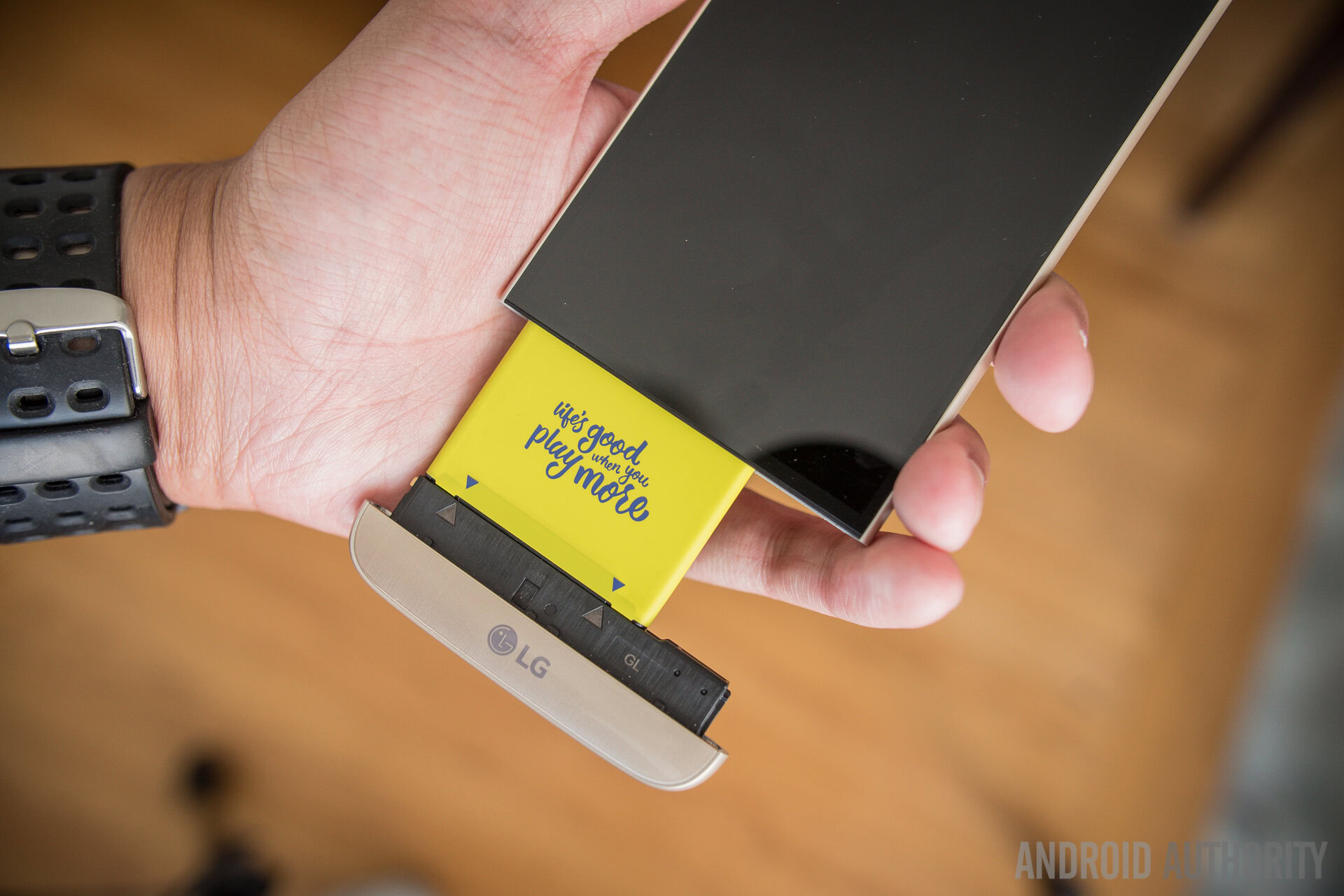
LG G5 modularity
You have to give it to LG for attempting to innovate with the LG G5, but its implementation of modularity combined with the utter failure of available products for the system caused it to be a total disaster. The company originally promised a full and robust ecosystem which would allow the phone to be used for a huge variety of use cases not normally accessible to the base device, but the failure to actually produce these modular units in combination with very mixed reviews of the device itself led the company to abandon the project altogether despite three years of R&D. It was almost laughable how much this device over-promised and under-delivered, but it did leave us with two trends that would continue throughout smartphone design in the future: modularity and wide angle lenses.
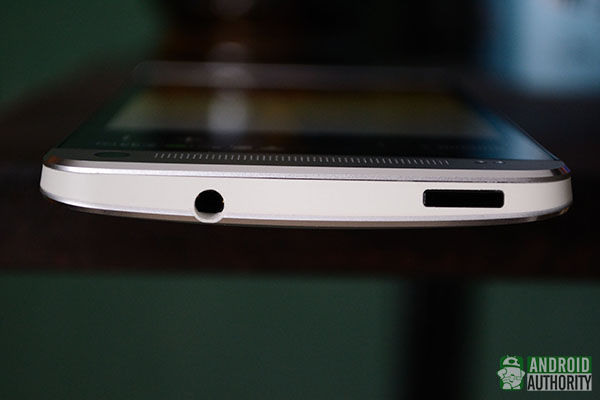
Removing the headphone jack
Many people make fun of Apple for being “courageous” enough to remove the headphone jack in the iPhone 7, but it was actually Motorola who pulled the plug in the West first with the Moto Z (OPPO and LeEco had already had 3.5mm jack-less phones in China). This has perplexed users ever since the device first launched, but the trend only started gaining media attention after Apple removed the popular media playback outlet from their device. Since then, a few other manufacturers have decided to “move towards the future” and remove the outlet, including Andy Rubin and his upcoming Essential Phone. This “feature” or lack thereof has led a huge number of users away from devices that otherwise looked great on the surface, and we’ve yet to see many manufacturers pick up on the “USB-C” headphone trend that is supposedly going to help Bluetooth make the 3.5mm jack obsolete. Either way, being unable to charge your phone while listening to music is a huge drag, and we all know that no one likes dongles.
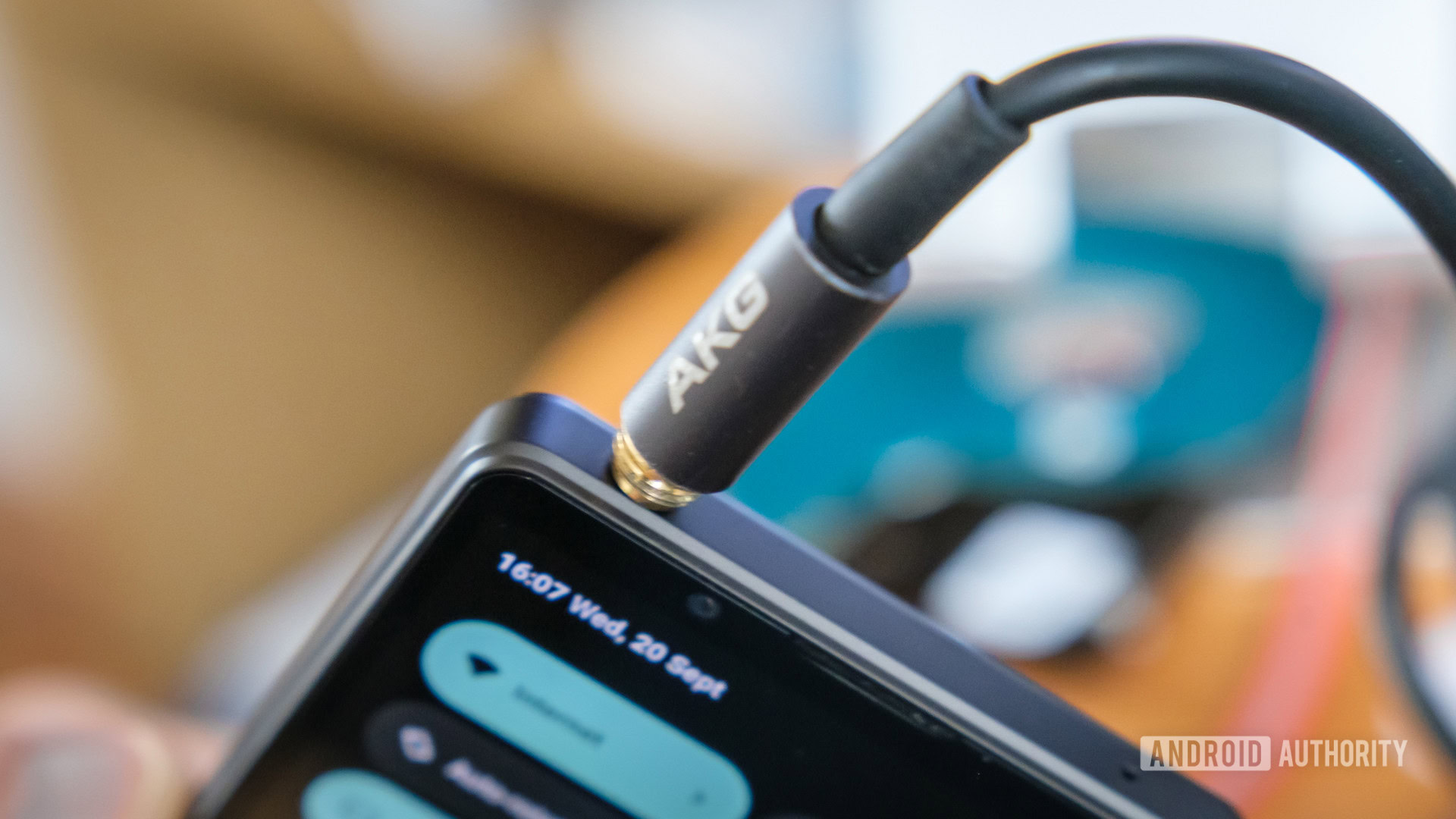
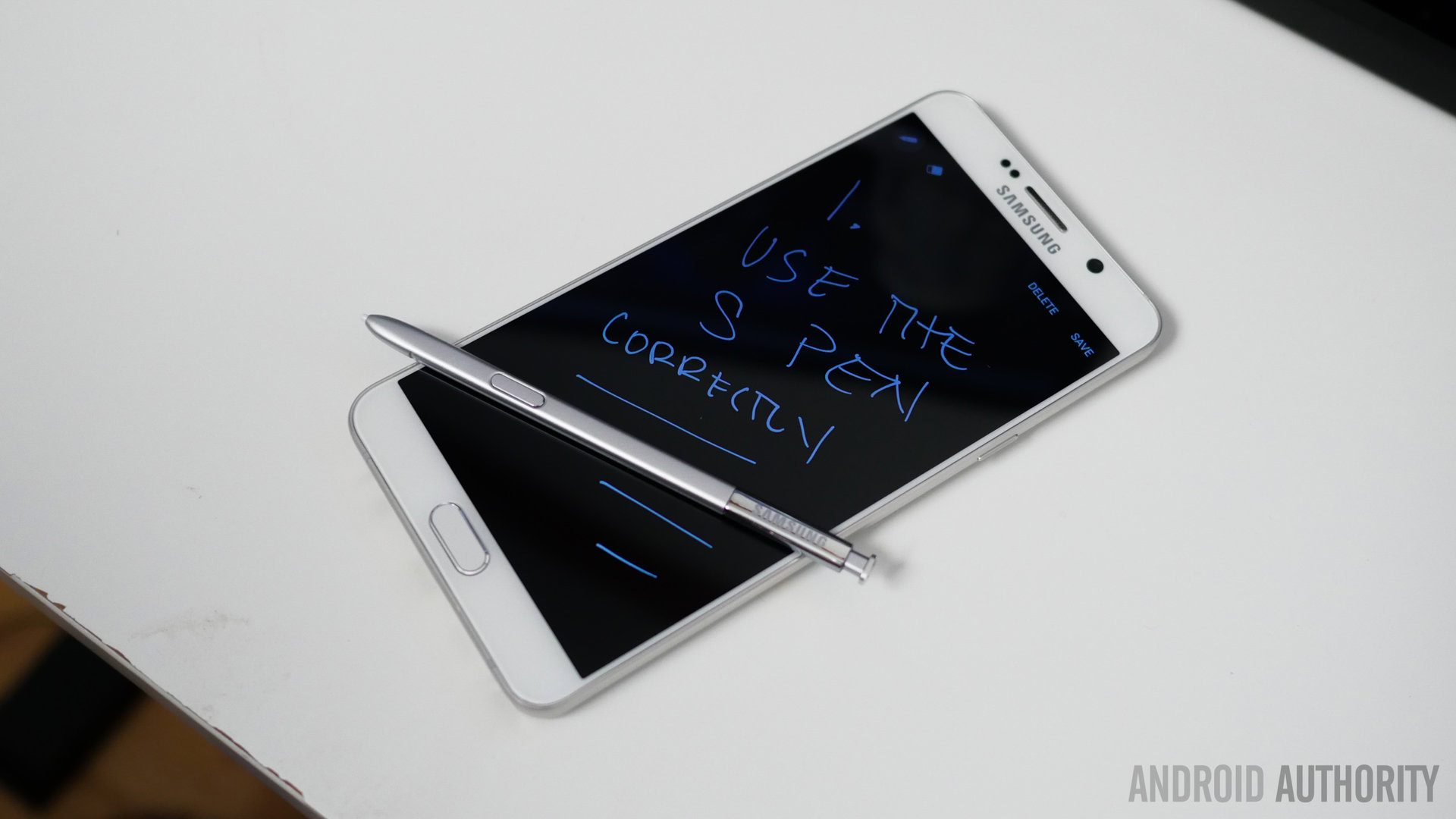
Samsung’s Galaxy Note 5 S-Pen debacle
The Galaxy Note series of devices are great, but it seems the company wasn’t prepared for users to begin putting their S-Pens in the wrong way. While many of the affected devices were caused by owners getting curious after the problem received significant media attention, it was possible for those simply not paying attention to slide the pen in backwards. This caused the pens to become locked within the device, essentially turning a huge number of Galaxy Note 5 devices into giant mobile popsicles. Many YouTube fix videos surfaced after the problem became more widely spread, but by then many users had already destroyed their devices. The company was quick to remedy this issue when it released the Galaxy Note 7, but well, we all know how that turned out. Oof.
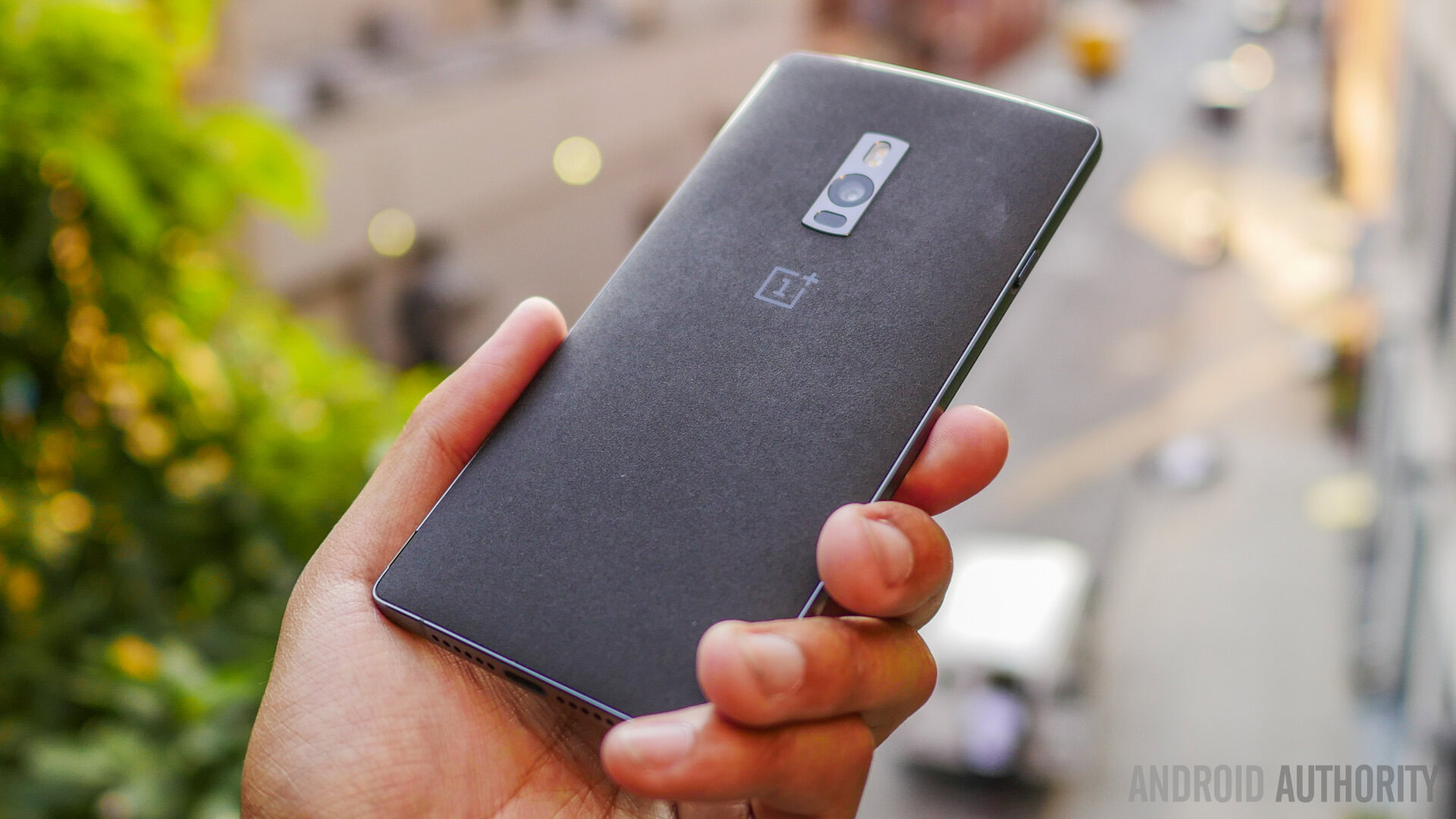
OnePlus leaving NFC out of the OnePlus 2
OnePlus loves to be known as the “No compromises at an affordable price” company, but in the second iteration of their device omitted a feature that many deemed necessary: NFC. Though this feature wasn’t incredibly abundantly utilized at the time, it has become a key part of Android’s mobile payments system, as well as Android Beam, which uses NFC to transfer data such as images. The company responded to criticism by saying that owners of the OnePlus One weren’t using the feature, but it clearly annoyed quite a few users, especially since the component is incredibly cheap to implement. OnePlus was obviously privy to this outrage though, because it brought the feature back shortly after with the release of its next device.

HTC’s pink Ultrapixel tint
HTC first introduced Ultrapixel as a technology that could use less megapixels with bigger pixels on the sensor to capture exceptional low-light imagery on a smartphone. While the technology worked in theory, the first implementation had some…ah… hue issues. First introduced on the HTCOne M7, HTC’s camera began producing images with a distinct purple tint. This was especially evident in low-light situations, with the image looking almost completely purple if you covered the sensor completely. This wasn’t good news for the company, especially as it marketed the technology to capture up to 300x more light as traditional sensors. HTChas since significantly improved its camera technology, showing especially strong performance with the recent HTCU Ultra, though many users complained of similar tinting issues with the M7’s successor, the HTCOne M8.
Though smartphones are getting better and better every day, there is always that one phone or manufacturer in general that consistently makes us wince with their decision making.
What’s your pick for the worst decision in Android history? Let us know your thoughts in the comments section below!